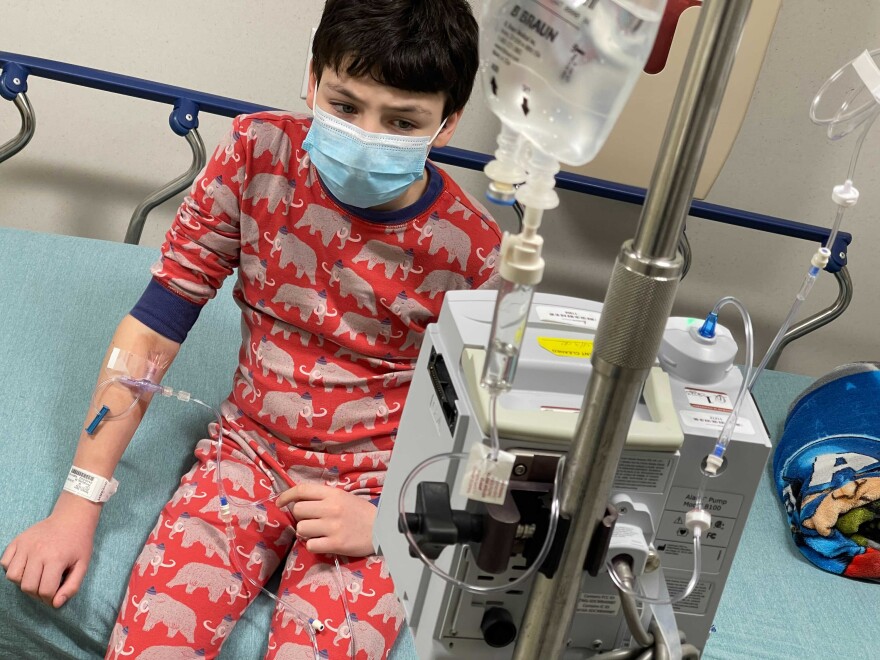On Wednesday, health officials in New York said that two new omicron variants are spreading rapidly in the state. The variants appear to be causing a small surge in cases in central New York state, the department of health said.
Known as BA.2.12 and BA.2.12.1, the variants are closely related to the BA.2 variant – a version of omicron that has caused surges across Europe and is now dominant across the U.S.
Together the two new variants now comprise 90% of cases in central New York.
But one of them, BA.2.12.1, contains a mutation that appears to give the variant an advantage, computational biologist Cornelius Roemer wrote on Twitter. The mutation resides on the part of the virus that binds to human cells. And in previous variants, this mutation has helped the virus infect cells, studies have found. The BA.2.12. variant appears to have a growth advantage of about 30% to 90% per week over BA.2, Roemer estimates.
"It looks like [the variant] has an advantage ... It has certainly rapidly grown in some places," epidemiologist William Hanage, at Harvard University, wrote in an email to NPR. Some of the variants' mutations could help the virus evade the immune system, he notes.
But it's early days for this virus. Scientists have detected this variant in six countries, including Canada, the United Kingdom, Australia, Israel and Luxembourg, but the vast majority of cases are in the U.S. Those are localized primarily to central New York. "It is worth noting that the incidence [of this variant] is not very high at the moment," Hanage adds. "So the total numbers of cases are not huge at present."
And what does this new variant portend? After a few months of COVID cases declining across the country, several regions are starting to see cases rise again, including New England and Washington, D.C. But this rise seems independent of these new variants, says virologist Jeremy Luban at UMass Chan Medical School.
"In the Boston area where I am, the numbers came down, maybe as low as five new cases per day per 100,000. But now cases are creeping up again," he says. "We may be starting to see some of these new variants here now. But cases have been steadily going up before they were there."
Fortunately, he says, this rise is much slower and more gradual than the rise observed with the original omicron variant, BA.1, back in December, when the cases spiked incredibly quickly. "BA.1 just exploded. It appeared and dominated so dramatically. Then it came down quickly," Luban says.
Most scientists expect the surge by BA.2 – including all its different versions – will be much smaller than that observed with BA.1, Luban says. That's because many Americans have some immunity to these variants, given the massive number of people exposed to the virus during the first omicron surge. Nearly 50% of Americans could have been infected over the winter, Trevor Bedford at the University of Washington estimated last week.
Although BA.2.12.1 may be better at evading the immune system than other omicron variants, scientists still expect the vaccine to work well against it, at least in terms of protecting people from severe COVID and hospitalization.
"I'm relatively optimistic that, despite all of these changes in the virus, the vaccines will hold up," Luban says. "So people who have been vaccinated and boosted are not going to be hospitalized, by and large, unless there's some extenuating circumstances."
Copyright 2022 NPR. To see more, visit https://www.npr.org.




